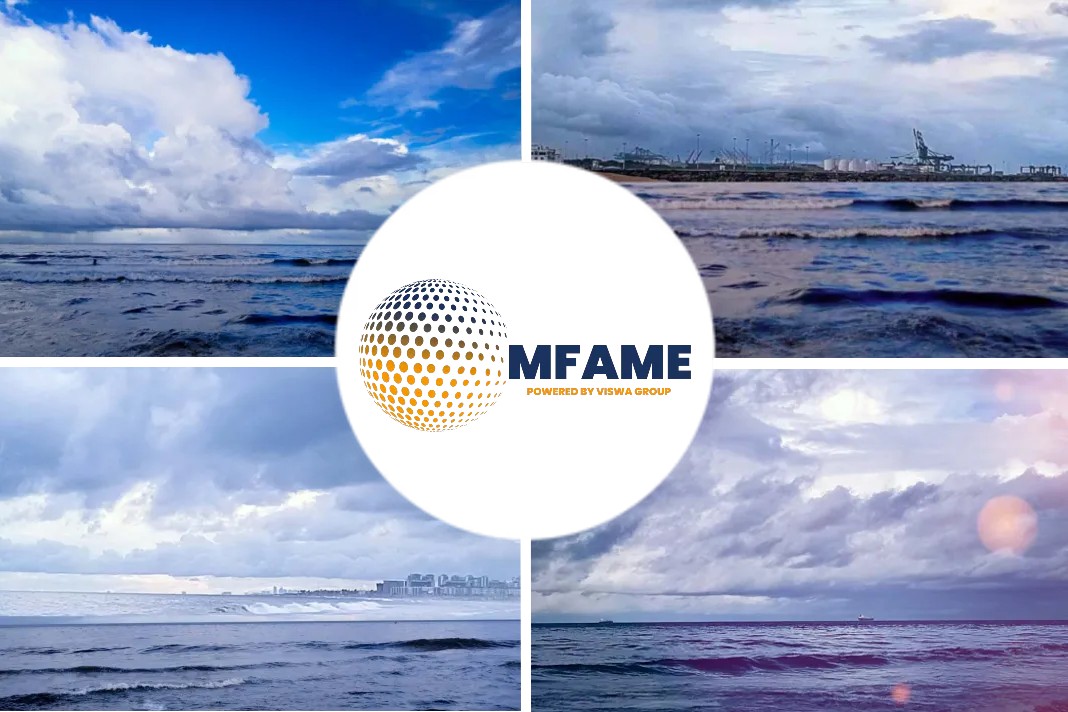- Rates slightly above FAK as ex-China demand remains hampered
- Southeast Asia-US rates rangebound at elevated levels
A recent news article published in the Platts states that market continues to dwindle amid increased sailing space.
Container Shipping Rates fall
All-inclusive container shipping rates from North Asia to North America fell sharply in the week ending March 3 amid pushback from shippers as bearish macroeconomic factors began to weigh on sentiment.
Premium service fees for shipments from North Asia to both the East Coast and West Coast of North America were pegged at $1,000/forty-foot-equivalent unit above FAK rates for the routes, which S&P Global Commodity Insights assessed March 4 at $11,000/FEU to the East Coast and $9,300/FEU to the West Coast.
What about third-party booking agents?
Some third-party booking agents were still offering as much as $15,000/FEU to the West Coast, but uptake has dwindled as better rates have become available directly from carriers as space on ships departing China comes open from shipment cancellations, a Canadian freight forwarder said.
“The driver of lower premiums is that is Chinese manufacturers are still having a hard time getting their cargoes out,” the freight forwarder said.
“It’s indicative of clogs in the supply chain within China. One case of [coronavirus] can close an entire city, which could have kept workers from returning to their jobs promptly after Chinese New Year.”
Surge of US retail inventories
A surge of US retail inventories in January indicated that retailers are overstocked with goods meant for the holiday season, while non-auto retail sales dropped 22% in January from December, indicating that rising inflation rates were already hitting consumer spending earlier this year, according to a report by New York-based freight-forwarding platform Shifl.
“A particularly strong increase in consumer price inflation over 2021 and the termination of stimulus checks and higher spend on travel and restaurants can be alarmist to the retail consumer base,” Shifl CEO said Shabsie Levy said.
“This could push consumers to tighten their spending and further exacerbate the fall in retail sales.”
Congestion at US ports
Shippers were also less convinced that congestion at US ports — and its depleting impact on carrying capacity — was sufficient justification for premium surcharges. The queue of ships waiting to berth at the Los Angeles/Long Beach port complex dropped Feb. 28 to 58 ships, its lowest level since October, while the worst congestion on the US East Coast, at Charleston port, had 24 ships at anchor waiting to berth March 3, down from more than 30 a week earlier.
“There seem to be a lot of differences of opinion on the outlook for rates this year,” a US-based freight forwarder said.
“I wonder a lot about how order books are looking in China, and with oil shooting up now, inflation is top of the mind of consumers. A lot of companies thought the strong fundamentals of 2021 would carry into 2022, but they may be proven wrong.”
Southeast Asian rates rangebound
All-inclusive premium rates remained rangebound, with Southeast Asia to East Coast North America priced at $15,000-$18,000/FEU and West Coast at $13,000-$16,000/FEU.
The demand from US retailers has been weak as most of them stocked their inventories before the Lunar New Year, sources said, but market participants remained cautious amid cancellations to Russia.
“There has been a slowdown in cargo volumes to the US, but we expect a pickup in April,” a Singapore-based source said. Meanwhile, equipment availability remains tight and the growing conflict between Russia and Ukraine has spurred worries of supply chain blockages, the source said.
Major shipping lines, like Ocean Network Express, Hapag-Lloyd, and Maersk have halted operations in Russia and Ukraine, giving rise to concerns of added blank sailings into Europe.
“With more and more container lines halting business in Russia, supply chains will get tighter, freight rates are likely to go up, especially for [the] UK, as alternatives via rail or air are also crippled by sanctions,” a Singapore-based cargo owner said.
The delays of cargo at various transshipment hubs are also likely to add to the disruptions and hurt operational capacity, the cargo owner added.
FAK rates on the route stable
Meanwhile, FAK rates on the route were also stable.
Platts Container Rate 25 — Southeast Asia-to-East Coast North America — was assessed at $10,500/FEU and PCR23 — Southeast Asia-to-West Coast North America — was assessed at $9,500/FEU, both unchanged from a week ago, according to S&P Global data.
Rates on the West Coast India to Middle East route were also unchanged amid stable supply-demand fundamentals.
PCR33 — West Coast India to the Middle East — was assessed at $2,100/FEU March 4, and TCR33 —West Coast India to the Middle East — at $1,000/TEU.
Elsewhere in the European markets, premium rates were still reported as operating to the Mediterranean, with one carrier source quoting rates as high as $15,626/FEU. Sources cited capacity issues, marine fuel prices, and an ongoing lack of containers as driving factors for the higher-quoted rates.
Did you subscribe to our daily Newsletter?
It’s Free! Click here to Subscribe
Source: Platts























